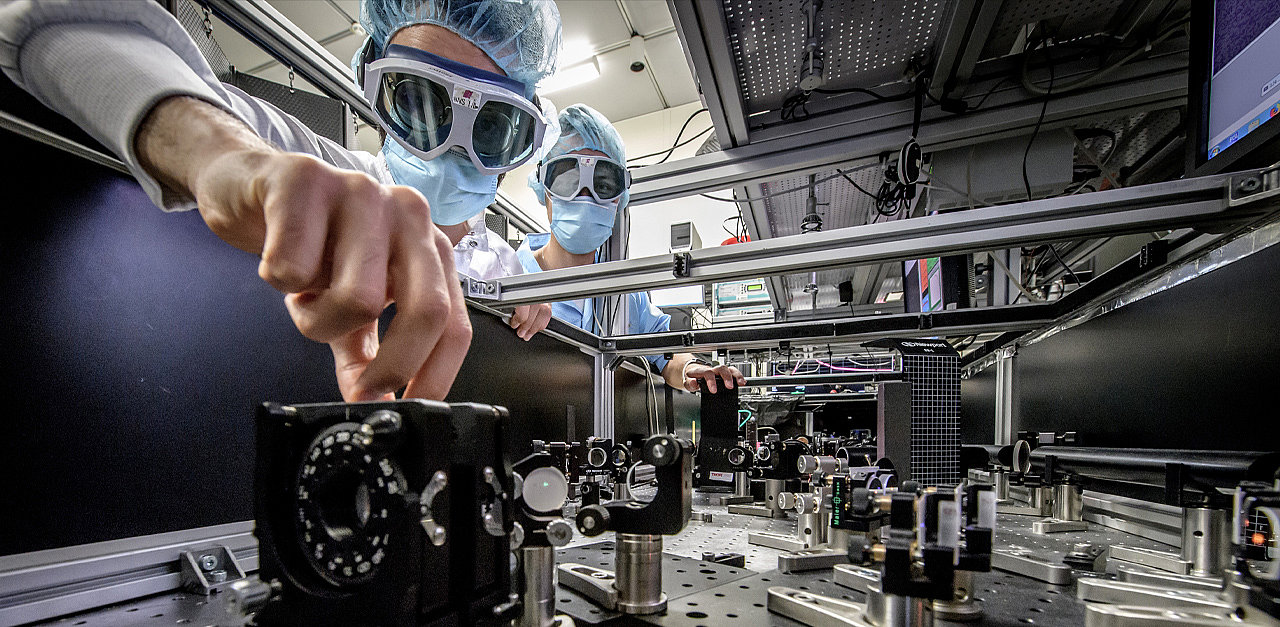We have known for a long time that visible light can be described as an oscillating electromagnetic wave, but the speed at which it oscillates, hundreds of trillions of times per second, is far too fast for us to observe directly. Intense effort has been put into obtaining direct access to these waveforms, however; there is a great deal of information written inside them by the atoms and molecules with which they have interacted. Recent research by the Attosecond Metrology for Precision Illumination, Interrogation and Imaging team, published in Nature Communications, shows that one of the fundamental techniques of optoelectronics, electro-optic sampling, can be sped up to such agree that it can take snapshots of the field of visible light, with the help of extremely short laser pulses.
When an intense, near-infrared laser pulse, with a central wavelength near 2 µm, passes through a hollow-core fiber, its spectrum can broaden substantially, covering the region between 300 and 3000 nm. This continuum can be split into different parts to both synthesize a single-cycle infrared transient, and directly measure its electric field through electro-optic sampling. The synthesized transient spans from 700 to 2700 nm in wavelength, extending from the visible spectrum through the near infrared, and produces a 3.8 fs pulse when compressed. Its temporal structure is read using a short pulse made from the same continuum, the portion from 300 nm to 600 nm, which is so short that it can be used to look inside of the oscillation cycles of the synthesized pulse. The two pulses interact in a nonlinear medium such that the electric field of the synthesized pulse is imprinted upon the polarization state of the ultraviolet light in the probe pulse: electro-optic sampling at visible frequencies.
This unique source of fully-characterized, ultrashort waveforms opens the door to new field-resolved studies of light-matter interaction and speeds up this powerful and sensitive technique for observing terahertz fields so that it can even access the electric field of visible light.
Picture: M. Weidman
snapshots of the field of visible light

May 11, 2022 // attosecond spectroscopy 2.0
electro-optic characterization of synthesized infrared-visible light fields
Journal: Nature Communications 13, 1111 (2022)